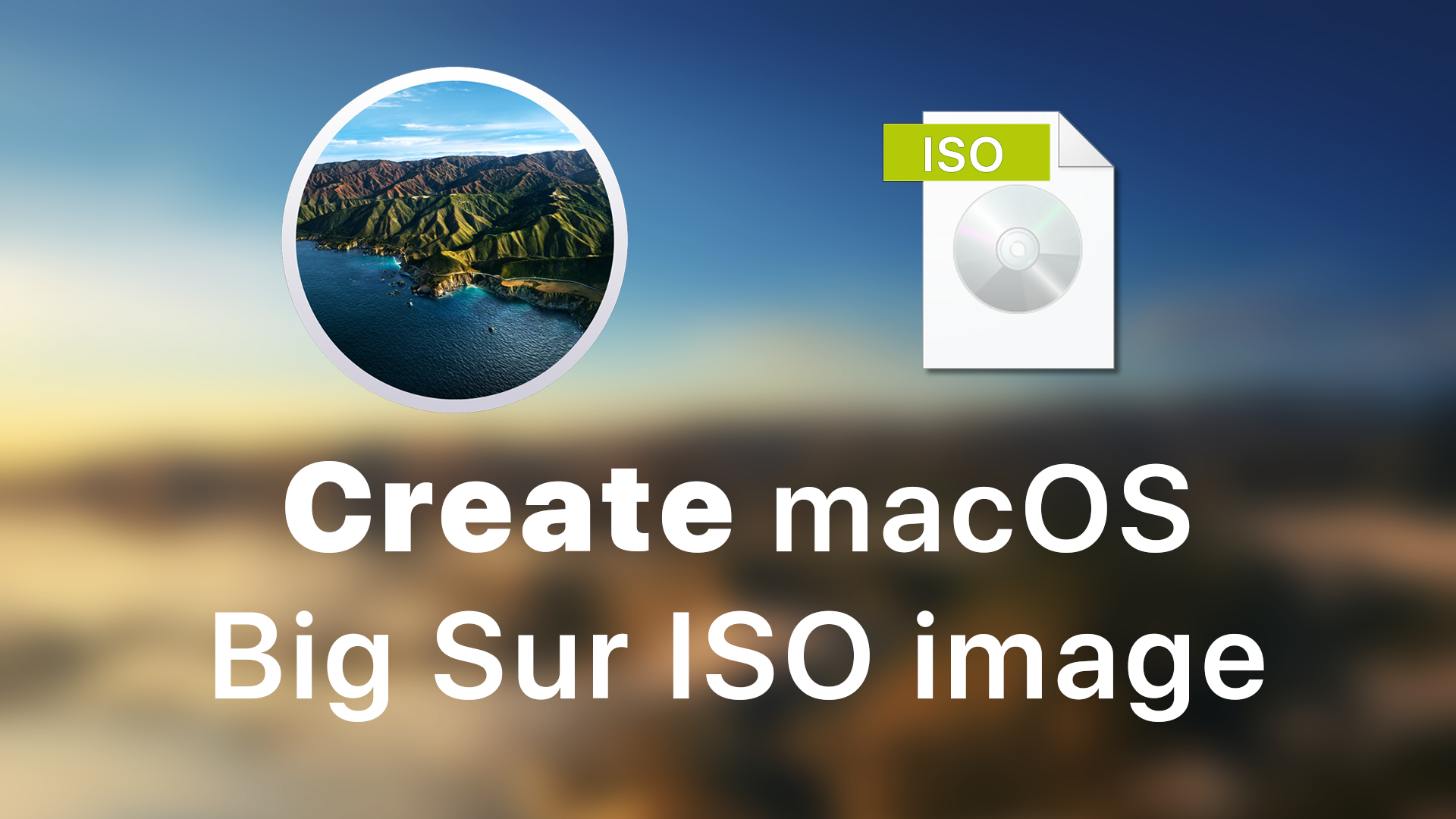timeshifter
Well-Known Member
- Reaction score
- 2,421
- Location
- USA
I tried a Google search for getting an ISO version of macOS Sierra and didn't find anything that looked clear or too legit (like installing macOS on VMware under Windows).
I found a script to make an ISO from the App Store download
https://forums.macrumors.com/threads/bootable-dvd-for-sierra-installer.1999385/
but it seem like way too many hoops to jump through. Is there a simpler way?
I found a script to make an ISO from the App Store download
https://forums.macrumors.com/threads/bootable-dvd-for-sierra-installer.1999385/
but it seem like way too many hoops to jump through. Is there a simpler way?

